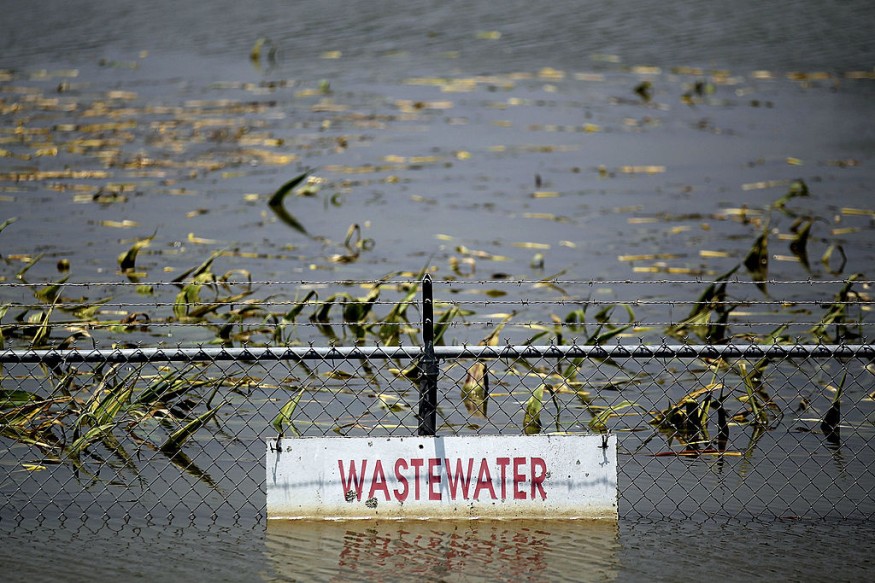
Scientists have made an exciting discovery about a group of bacteria called Comamonadacae that live in water systems. These tiny organisms can break down plastics found in urban rivers and wastewater, offering a potential solution to plastic pollution.
Researchers found that Comamonas bacteria can metabolize plastic by breaking it down into very small pieces called nanoplastics. They release special enzymes that further degrade the plastic, using the carbon atoms from it to help them grow.
Bacteria Show Potential in Degrading Tough Plastics
Ludmilla Aristilde, the lead researcher, expressed her excitement about the findings. "We have systematically shown, for the first time, that a wastewater bacterium can take a starting plastic material, deteriorate it, fragment it, break it down and use it as a source of carbon," she said.
This means the bacteria could help reduce plastic waste, which is important for keeping drinking water clean and protecting wildlife.
One type of plastic the researchers focused on was polyethylene terephthalate (PET), commonly used in food packaging and drink bottles. PET is tough to break down and accounts for a large amount of environmental plastic waste.
PET plastics make up about 12% of all plastic used globally, contributing to half of the microplastics found in wastewater, according to a press release.
To study how Comamonas bacteria interact with PET, researchers isolated the bacteria from wastewater and grew them on pieces of PET. They used special microscopes to observe changes on the surface of the plastic over time and examined the water around the bacteria to find signs of tiny plastic particles that had been broken down.
READ MORE : Elephant Kills Man on Safari After He Left Car To Snap Photos; How Common Are Elephant Attacks on Humans?
How Bacteria Offer Solutions for Pollution Reduction
The scientists discovered that the bacteria could decompose microplastics into even smaller nanoparticles. After confirming that Comamonas bacteria can degrade plastics, Aristilde and her team studied the enzymes produced by the bacteria when exposed to PET.
With the help of colleagues at Oak Ridge National Laboratory, they created bacterial cells lacking the enzyme, said Science Daily. Without this enzyme, the bacteria struggled to break down the plastic.
This new knowledge is crucial as scientists work to understand how plastics behave in water systems and the impact they have on rivers and lakes. The discovery opens up possibilities for using bacteria to tackle plastic waste, a growing threat to the environment and wildlife.
Researchers have demonstrated how Comamonas bacteria can break down plastics into smaller pieces and use them as food. This could lead to innovative solutions for reducing plastic pollution and protecting water supply.
The study was published in the journal Environmental Science & Technology.
READ MORE : Rechargeable Lithium-Ion Batteries in Gadgets, Electric Vehicles Are Growing Source of Forever Chemicals












